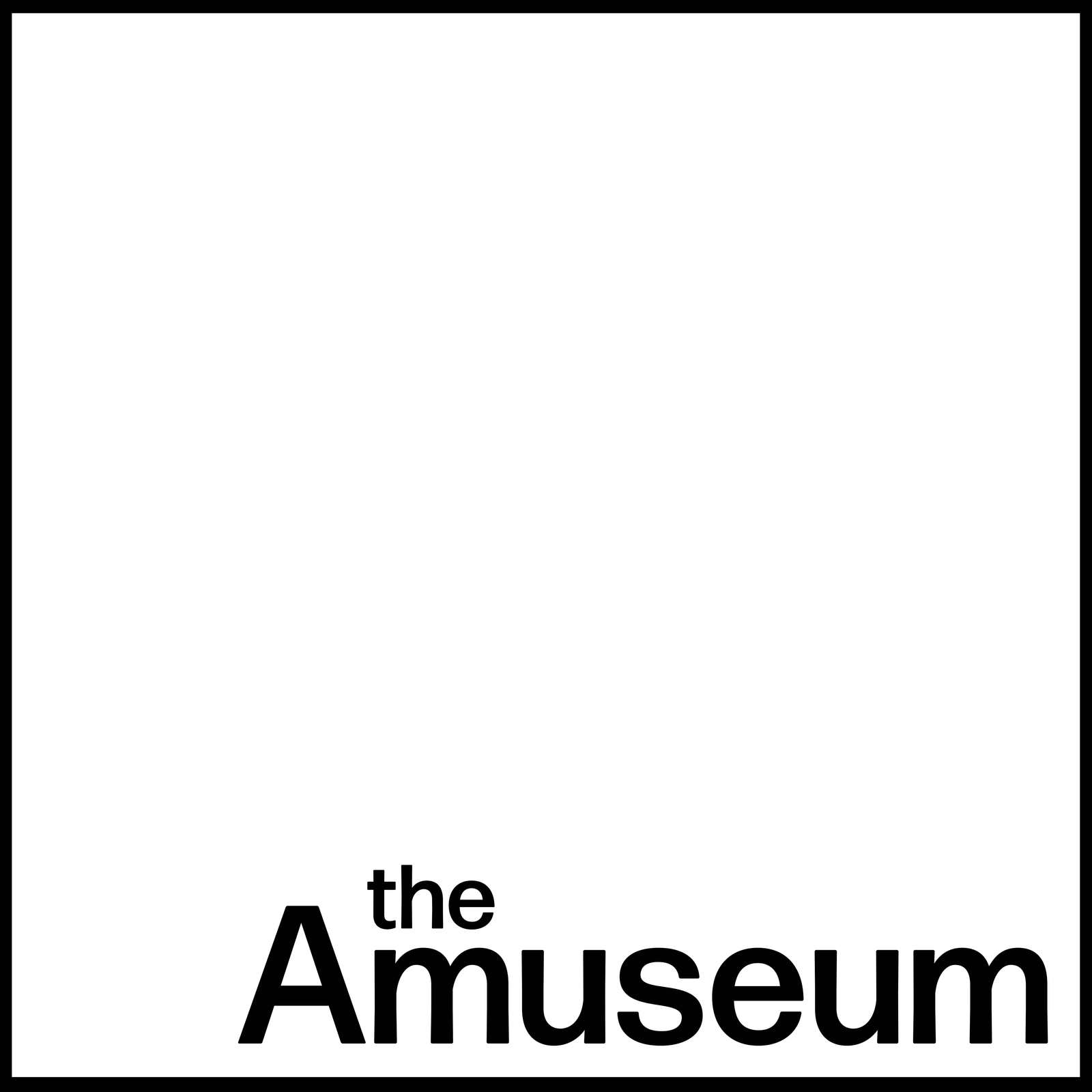Virginia Woolf Biography
written by Verna Sorrentino
Adeline Virginia Stephen was born in London, into a well-connected, affluent family on January 25th 1882.
Her father, Sir Leslie Stephan was a distinguished author, historian and critic. Her mother Julia (nee Duckworth) was noted for her beauty and was sought by Pre Raphaelite painters as a model, but she was also a trained nurse, and published author.
Although given the first name Adeline, the family always called her Virginia. She grew up in a large family with two brothers, Thoby and Adrian and one sister, Vanessa, later to be a notable painter and member of the Bloomsbury Group. Included in the household were her four half siblings; Laura Makepeace Stephen, a sister from her father’s first marriage, and George, Gerald and Stella Duckworth.
Although the boys were sent away to school, the girls were all educated at home and in 1891 Virginia and Vanessa, together with occasional contributions from other family members, started to document the daily events and happenings of the family, which gives an insight into a child’s perspective of late Victorian life in their social and economic class. They called this magazine Hyde Park Gate News, after their childhood home.
The children were raised in an artistic, free thinking atmosphere with large family homes in London, and St. Ives that were often visited by intellectuals and literary giants of the time. The Brooks family with their son Rupert, Thomas Hardy, Alfred Lord Tennyson and Henry James among them. It is then, not surprising that Virginia showed a fondness and talent for writing at a young age. The circumstances of her birth and upbringing allowed her to nurture and refine her pastime, and eventually to make it her life long career.
When Virginia was 13, her mother died suddenly from rheumatic fever and this was the start of her life long struggles with mental illness. Her elder sister Stella Duckworth, took on the role of mother to the young Virginia, but she too died just two years later.
The following years were traumatic for Virginia, her father died of stomach cancer in 1904 and her brother Thoby from typhoid in 1906. She described the years from 1897-1904 as “the unhappy years”, and suffered through depression, mood swings and a nervous breakdown; she was briefly instutionalized but recovered. Whilst coping with these bereavements, Virginia continued to study German, Greek and Latin at Kings College London Ladies Department. During her years of study there, she was introduced to radical feminists who promoted educational reforms. Later in life she gave talks on women’s education and the unequal social status of women, urging them not to sacrifice themselves for men.
Although having met earlier, it wasn’t until November 1904 that Virginia was formally introduced to Leonard Woolf, a civil servant and writer who was a friend of her brother Thoby. However, it was not until 1912, that they finally married.
In 1913, Virginia attempted suicide after battling with depression and delusional episodes for most of the year. Her first novel, The Voyage Out, was published at this time and it is possible that the stress of writing and editing had caused the breakdown. .
From the end of the First World War until her tragic death by suicide in 1941, Virginia authored numerous books and short stories including Mrs. Dalloway, To The Lighthouse, A Room of One’s Own, The Years and Orlando. Her last novel, Between The Acts, was published posthumously.
According to a letter published after her death, she wrote to her husband that she had fallen into deep despair and felt that she was going mad again and would not be able to recover. On March 28th 1941, she left her home and walked into the River Ouse to drown.
Virginia Woolf was a voice for the people. Her observations of political, educational, feminist and artistic ideas throughout her career, changed the course of writing by rejecting the Victorian era’s beliefs and practices. With the advent of the ‘second wave’ feminist movement of the late 60s and 70s her popularity once again surged and her books are just as relevant today as they ever were.
Selected Bibliography
Virginia Woolf was a prolific writer, here is just a small selection of her work. For a complete list visit:
https://en.wikipedia.org/wiki/Virginia_Woolf_bibliography
Novels
The Voyage Out (1915)
Night and Day (1919)
Jacob’s Room (1922)
Mrs Dalloway (1925)
To the Lighthouse (1927)
Orlando: A Biography (1928)
The Waves (1931)
The Years (1937)
Between the Acts (1941)
Essays
A Room of One’s Own
Three Guineas
‘Jane Eyre’ and ‘Wuthering Heights’
‘Aurora-Leigh
Professions for Women
Memories of a Working Women’s Guild
How One Should Read a Book
Short Stories
A Haunted House
Kew Gardens
The Duchess and the Jeweller
The Lady in the Looking Glass
The Shooting Party
An Unwritten Novel
Monday or Tuesday
